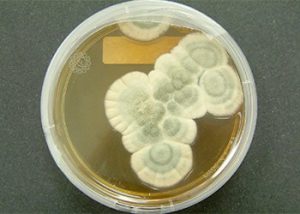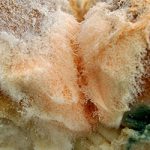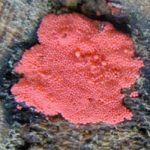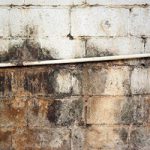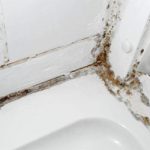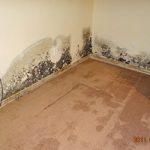How Mold Can Harm Your Dog – This piece is aimed at dog owners. It looks at the risk posed by mold to the health of dogs and other animals. First, some common causes of mold are outlined, such as poorly managed water damage restoration.
Next, the piece details some of the symptoms that dogs may show if they are exposed to mold spores; some of the specific diseases that may result are mentioned. The piece concludes with a reminder to have any sign of mold investigated before pets become sick.
If you live in a damp or humid climate, you’re probably already aware of the need for a regular mold inspection. Even homes in dry regions can develop mold problems, however. Condensation problems, aging or badly maintained HVAC systems and poorly managed water damage restoration can all lead to the growth of mold within the home.
This is bad news for the human occupants of an affected building; it’s especially bad news for dogs and other pets.
As part of a professional water damage restoration effort, every nook and cranny of the building will need to be dried out. If any areas remain damp or wet, mold and fungus can take hold. Mold can grow behind walls, under floors or inside ducting – places where you might not think to check.
A tell-tale odor may indicate the presence of mold; sometimes, though, it’s not discovered until one or more members of the household have become ill. Because of his smaller size and great sensitivity to airborne pathogens, your dog may be the first to suffer.
Exposure to mold can cause your dog to start sneezing and coughing. He may begin to have difficulty breathing at times. Itching and obsessive scratching can be another symptom.
Mold spores can irritate the skin, causing red and scaly patches that may be hidden by the dog’s hair unless you check. Recurrent ear infections can be caused by mold spores in the air.
Dogs can contract serious conditions due to contact with the mold. Aspergillosis can cause the dog to cough up blood, while blastomycosis can cause your pet to develop skin infections or pneumonia. If these conditions aren’t caught early, your dog may need to be euthanized.
It’s important to have any sign of mold investigated before symptoms appear by the time you notice that something is wrong with your dog, it may already be too late.
